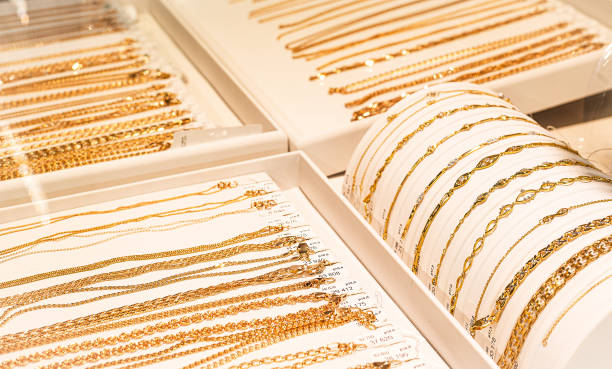Uncovering the Path of Bullion from Ore Mining to Commerce Distribution
Wiki Article
Gold has been a valuable material for thousands of years, cherished not only for its aesthetic appeal but also for its functional value in various sectors. The course of gold begins with mineral recovery, a process that involves extraction. Miners hunt for gold deposits in the earth, which can be found in different manifestations such as nuggets or grains mixed with other minerals. There are several methods of mining, including placer mining and hard rock mining. Placer mining involves locating gold in watercourses, while hard rock mining requires digging deep into the ground to remove gold-bearing rocks. Both methods can be labor-intensive and require careful strategizing to be successful.
Once the raw material is extracted from the ground, it must be treated to extract the gold from other materials. This method usually starts with breaking the ore into small pieces, making it easier to work with. After grinding, the ore is subjected with reagents to extract the gold. One common approach is using cyanide, which binds with gold and allows it to be isolated from other minerals. This step is critical because it increases the concentration of the gold and readies it for further treatment. The remaining materials are discarded as tailings, which must be disposed of properly to avoid environmental impact.
After the gold is separated from the ore, it goes through enhancement to achieve a higher level of refinement. This step often involves heating the gold at high temperatures to remove foreign materials. Various procedures can be used for refining, including electrolysis and cupellation refining. Electrolysis check out the post right here uses electrical energy to separate impurities from pure gold, while cupellation involves heating gold in a cupel furnace that extracts unwanted elements. The final product is typically three nines gold, ready for use in jewelry, electronics, and other uses.

Once refined, gold is molded into ingots or currency before being delivered to trade centers around the world. Gold bars are commonly used by central banks as a form of investment or backup asset. Rounds are often minted for investors or general circulation, depending on their appearance and collectibility. Distribution channels include distributors and vendors who sell gold products to end users. The cost of gold shifts based on buyer interest and supply elements, influencing how it is sold and traded globally.
The entire path of gold from mineral extraction to market distribution highlights the challenge of this precious metal's production cycle. Each step requires attention to detail and knowledge check out this site to ensure that the final commodity meets regulatory requirements and meets market demands. Appreciating this sequence not only sheds light on how high-value commodities are procured but also draws attention to the importance of ethical mining that protect both stakeholders and the ecosystem. As consumer interest in gold continues around the global economy, recognizing this journey ensures that we respect its significance beyond mere superficial beauty, acknowledging its function in our market and culture.